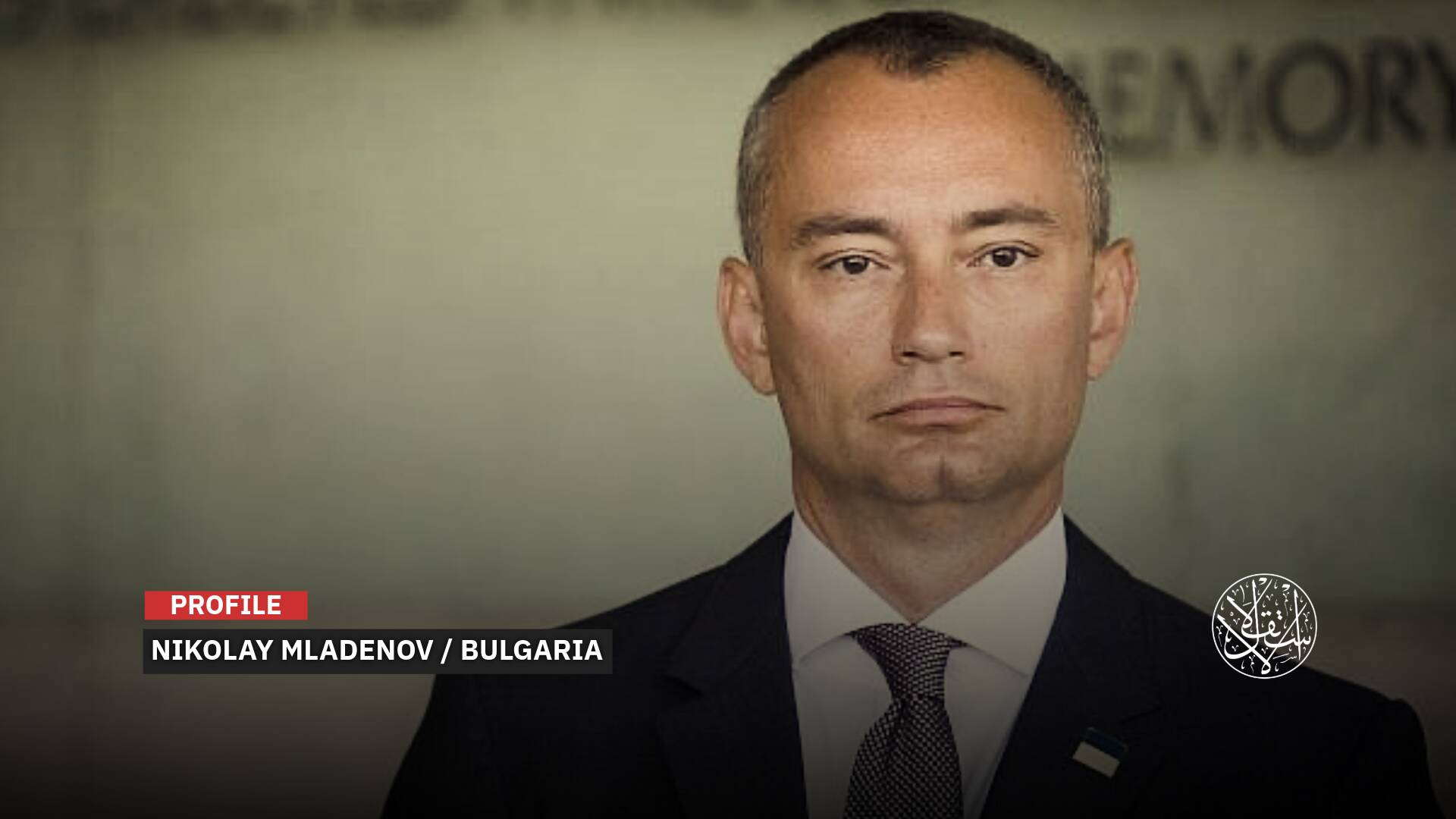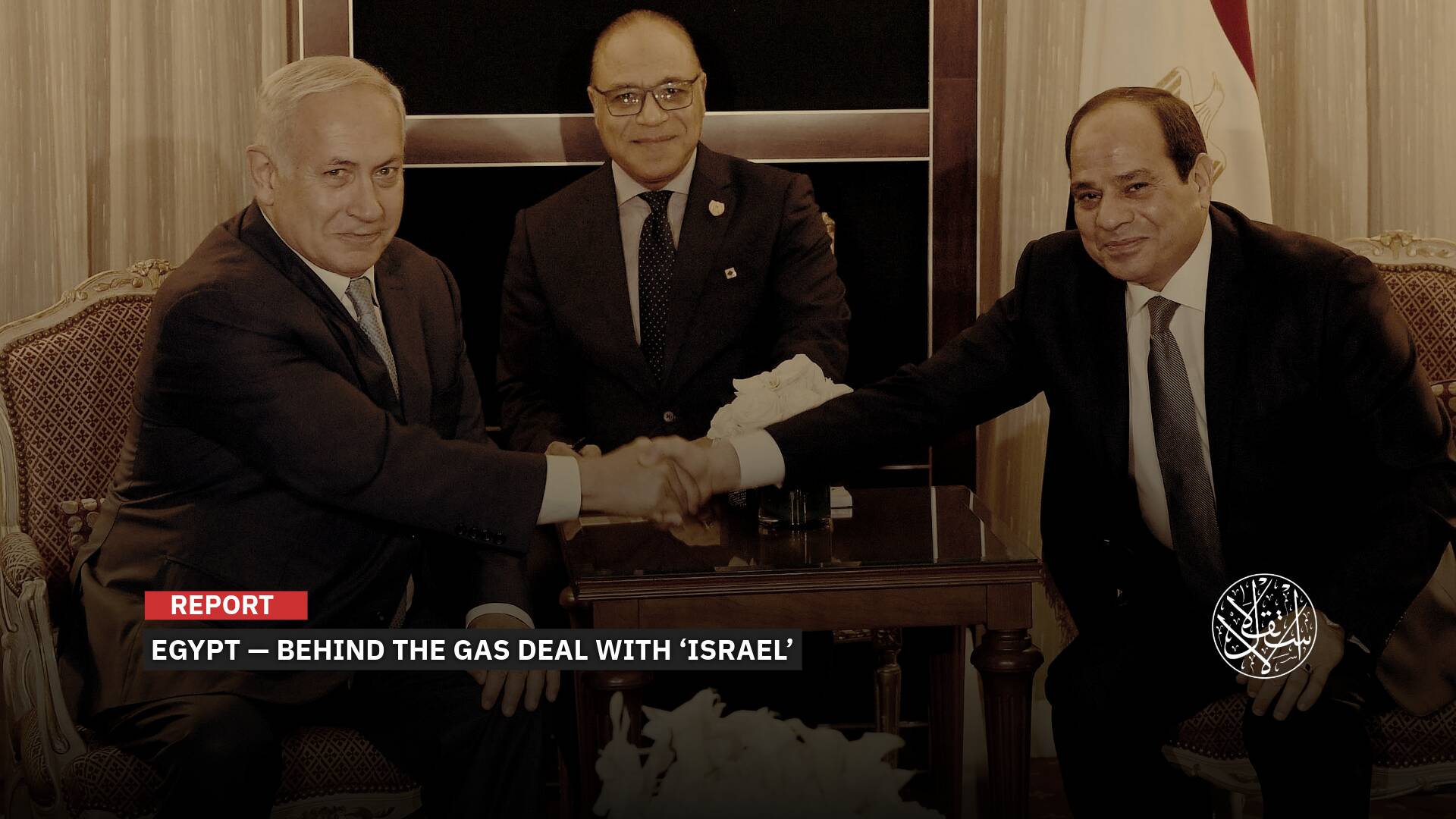Where Did Trump Get His Plan to Displace Gaza’s Palestinians?
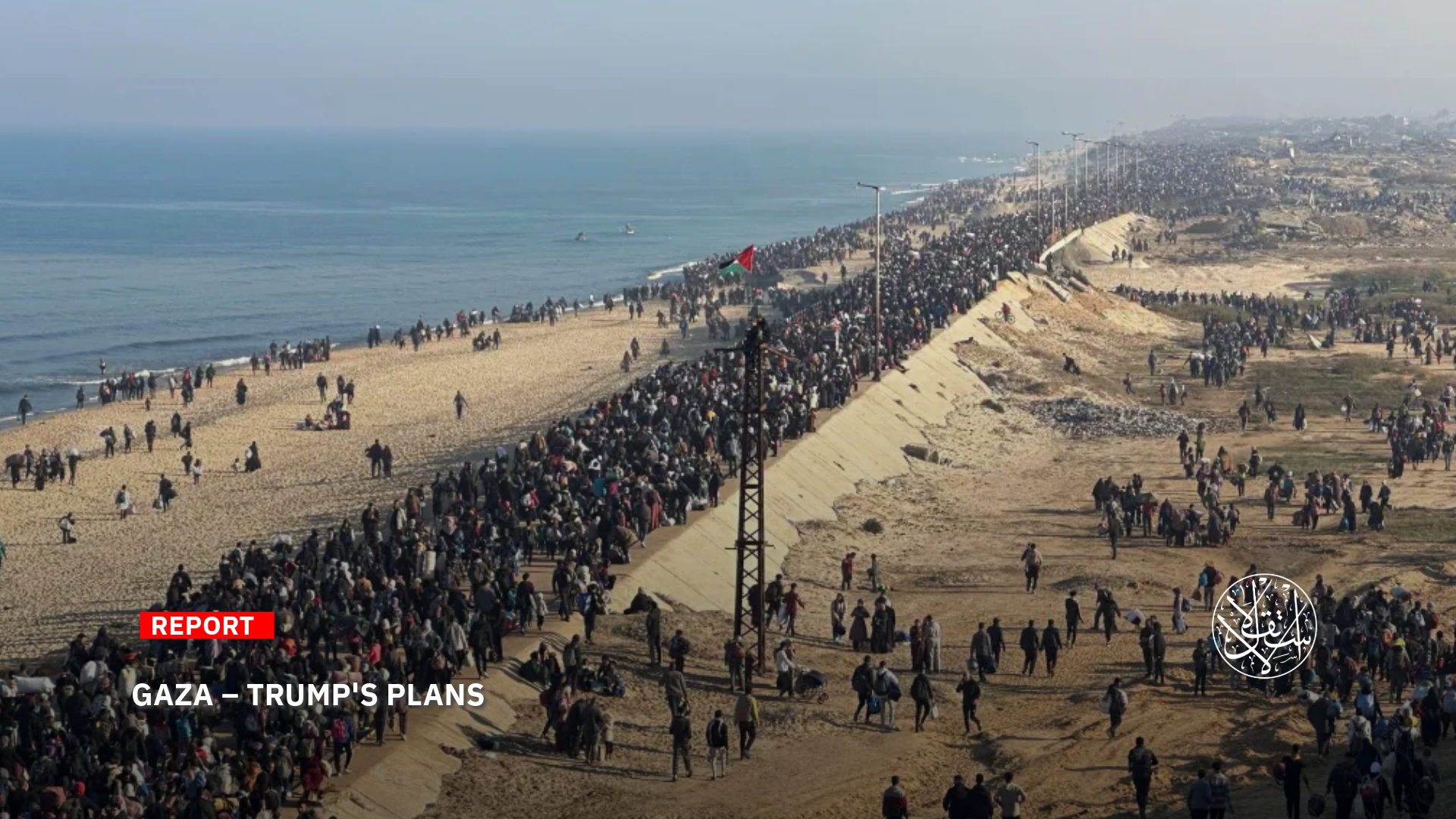
The plan will likely disappear once Trump realizes it won't work.
Amid U.S. discussions about the forced displacement of Palestinians from Gaza, analysts trace the origins of the proposal back to June 2024, when Jewish-American economist Joseph Pelzman drafted a plan for what he called “the day after” in Gaza.
Pelzman shared his plan with former U.S. President Donald Trump's campaign team in July 2024. Later that month, during Netanyahu’s visit to the U.S., Trump discussed it with him at his Florida resort.
After winning the election, Trump publicly introduced the plan during a press conference with Netanyahu on February 4, 2025. The proposal called for the total displacement of Gaza's population and the flattening of the enclave, initially shocking until the true intentions were revealed.
According to the plan, they claim that “New Gaza” would be transformed into an economic hub with high-rise buildings, electric trains along the coast, and a demilitarized tourist city.
The details confirm that the intent to forcibly displace Gaza's residents had been in motion for months. The Israeli Occupation’s ongoing destruction and genocide, along with Trump's statements, reflect the implementation of a racially motivated, profit-driven scheme.
The plan's implications suggest that a second phase of the ceasefire agreement may never materialize and that the war could resume.
A Sinister Plan
On February 6, 2025, Zman Yisrael, affiliated with The Times of Israel, highlighted the broader contours of Pelzman’s plan, which first surfaced in a June 2024 article.
Pelzman, a professor at George Washington University, told Zman Yisrael that he drafted the plan after Trump's advisors sought “out-of-the-box ideas” for Gaza’s “day after” in June 2024.
Later, in October 2024, Pelzman’s paper, titled An Economic Plan for Rebuilding Gaza: A Bot Approach, was published in the Global World Journal.
Pelzman’s economic plan, which he presented to Trump’s campaign, spans 40 pages and follows the Build-Operate-Transfer (BOT) model. Under this approach, private companies invest in rebuilding Gaza alongside international bodies, in exchange for leasing land in the enclave for 50 years and maintaining full control over construction and management projects during that period.
The details of Pelzman’s plan were first made public by Dr. Kobby Barda, an Israeli historian specializing in American politics and geo-strategy, during a discussion he held with Pelzman on the podcast “America, Baby!” August 2024.
“I figured, well, why don’t I write sort of an out-of-the-box perspective on how to fix Gaza after the war is finished,” Pelzman told Barda. “The paper went to the Trump people because they were the ones who initially had an interest in it – not the Biden people. I was asked [by Trump’s team] to think outside the box on what do we do after [the war], as nobody was really talking about it.”
“You have to destroy the whole place, you have to restart from scratch,” Pelzman said on Barda’s podcast. “And then you have an economy which actually has three sectors: you have tourism potential, you have agriculture potential, and then you have – because a lot of them are smart – high-tech.”
He said his plan “started with a three-sector model of Gaza, but it requires that the place be completely emptied out. I mean, literally emptied out, dug up from scratch – and the concrete can be recycled.

Evaluating Implementation
Just as Trump spoke of transforming Gaza into a Riviera, Pelzman’s plan envisions turning western Gaza into a tourist zone with beachfront hotels, while constructing high-rise residential buildings in the eastern part of the enclave.
Under his proposal, luxury hotels, restaurants, and high-end amenities would be built along Gaza’s western coastline for foreign visitors, while the eastern sector would feature low-cost, 30-story residential towers modeled after China’s mass housing projects for the local population.
On February 4, 2025, The Wall Street Journal reported that Trump told Netanyahu in a phone call during the late summer of 2024—around the time of Pelzman’s proposal—that Gaza is prime real estate and could be an ideal location for hotel development.
Similarly, in February 2024, Jared Kushner, Trump’s son-in-law, said Gaza’s waterfront properties could be highly valuable.
According to Pelzman’s research paper, the estimated cost of displacing Gaza’s population and rebuilding the enclave ranges between $500 billion and $1 trillion—later revised to $1–2 trillion—with a projected implementation period of five to ten years.
Before announcing his plan alongside Netanyahu, Trump had not held any meetings or discussions, nor had he explored the practical or legal aspects of his proposal to “own” Gaza and forcibly relocate its two million residents, The New York Times revealed on February 5, 2025.
Unnamed officials told the newspaper that no consultations had taken place with the Pentagon or the State Department regarding the plan. There were no assessments of the required troop numbers, cost estimates, or even a preliminary operational framework.
The report also noted that before making his public statement, the Trump administration had not conducted even the most basic feasibility study on whether such a proposal could be implemented or the extent of U.S. involvement required.
American officials and advisors told The New York Times they expect the idea of U.S. ownership of Gaza to quietly fade away once Trump realizes it is unworkable.
When asked at the press conference who had given him the authority to claim U.S. control over foreign land, Trump responded that he hadn’t made the decision lightly.
“I do see a long-term ownership position and I see it bringing great stability to that part of the Middle East, and maybe the entire Middle East.”
“And everybody I've spoken to - this was not a decision made lightly. Everybody I've spoken to loves the idea of the United States owning that piece of land, developing and creating thousands of jobs with something that will be magnificent in a really magnificent area that nobody would know,” he added.
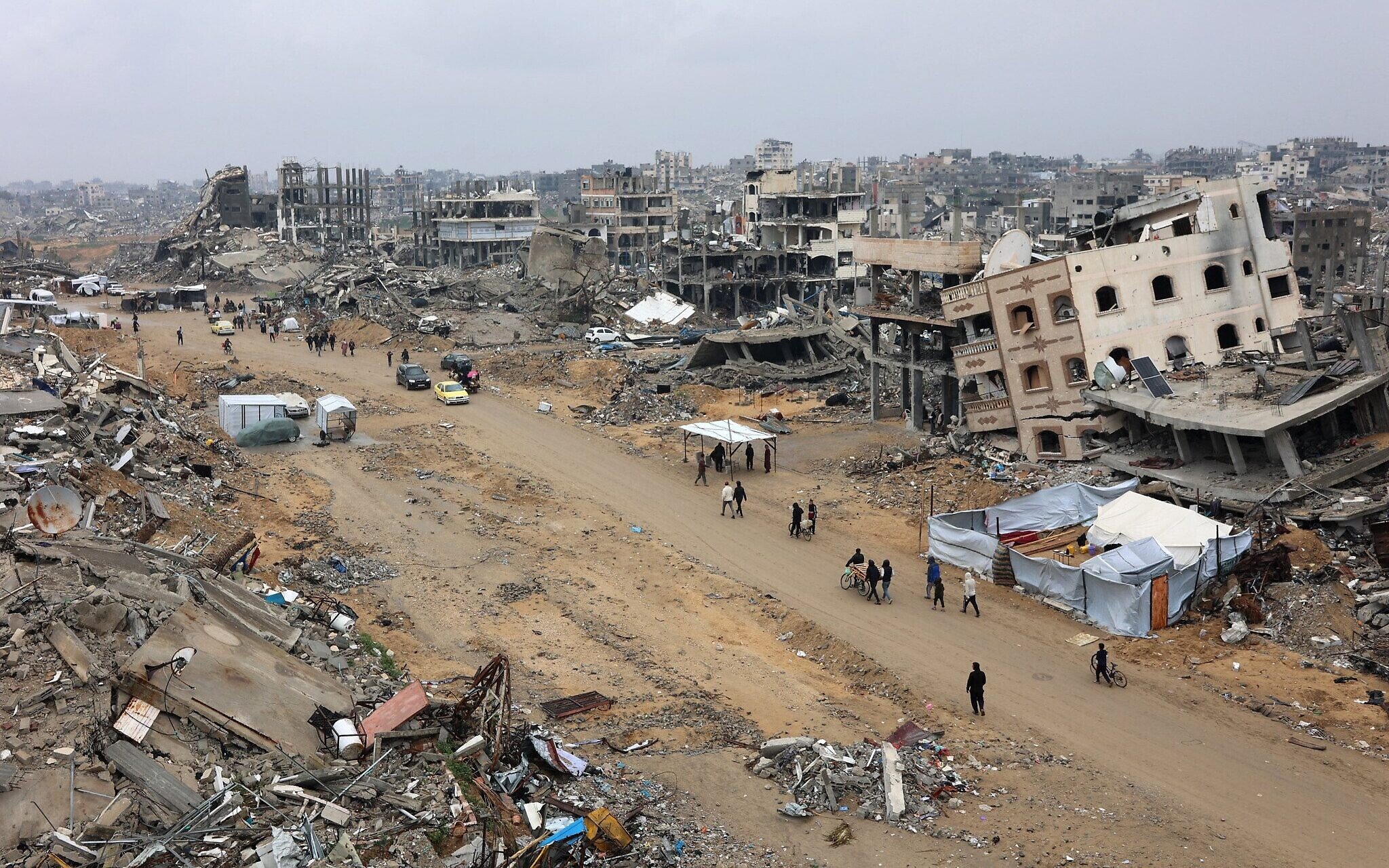
Without Tunnels
The Jewish architect of the project insists that its implementation requires completely emptying the area, allowing for the recycling of demolished concrete, provided that nothing remains of surface structures down to the depths of the earth—a direct reference to eradicating Gaza’s underground resistance tunnels.
According to him, no private or international entity would agree to rebuild Gaza following the massive destruction inflicted by “Israel” unless the extensive tunnel network is entirely dismantled.
He said the reconstruction process will require fully excavating the tunnels, despite his claim that the Israeli military had “already destroyed many of them.”
“The first step in making Gaza available for a full re-start will require the complete elimination of the underground military infrastructure,” Pelzman added.
“This will require digging up the entire 365 square kilometer Gaza land mass and creating a set aside of 3.0 to 5.0 kilometers on the three borders with Israel and the single border with Egypt. This would be equivalent to establishing a DMZ between North and South Korea.”
Pelzman asserts that cooperation with Hamas is futile, and all its members must be eliminated.
Pelzman claimed that Hamas would never compromise or recognize “Israel” and hoped that “Israel” would succeed in removing the group.
To ensure the forced displacement of Gaza’s residents and prevent their return, Pelzman proposed that the Israeli military issue biometric ID cards to every individual in the enclave, allowing for real-time tracking of their movements.
These biometric IDs would be linked to facial recognition systems, under the pretext of “distinguishing between civilians and militants.”
Pelzman’s plan also stipulated that if Gaza’s residents return, a radical overhaul of the education system must be implemented, importing curricula from kindergarten to university.
These curricula should resemble those used in the UAE or Saudi Arabia, with education based on the Sunni Sufi Islamic tradition, according to the economist.
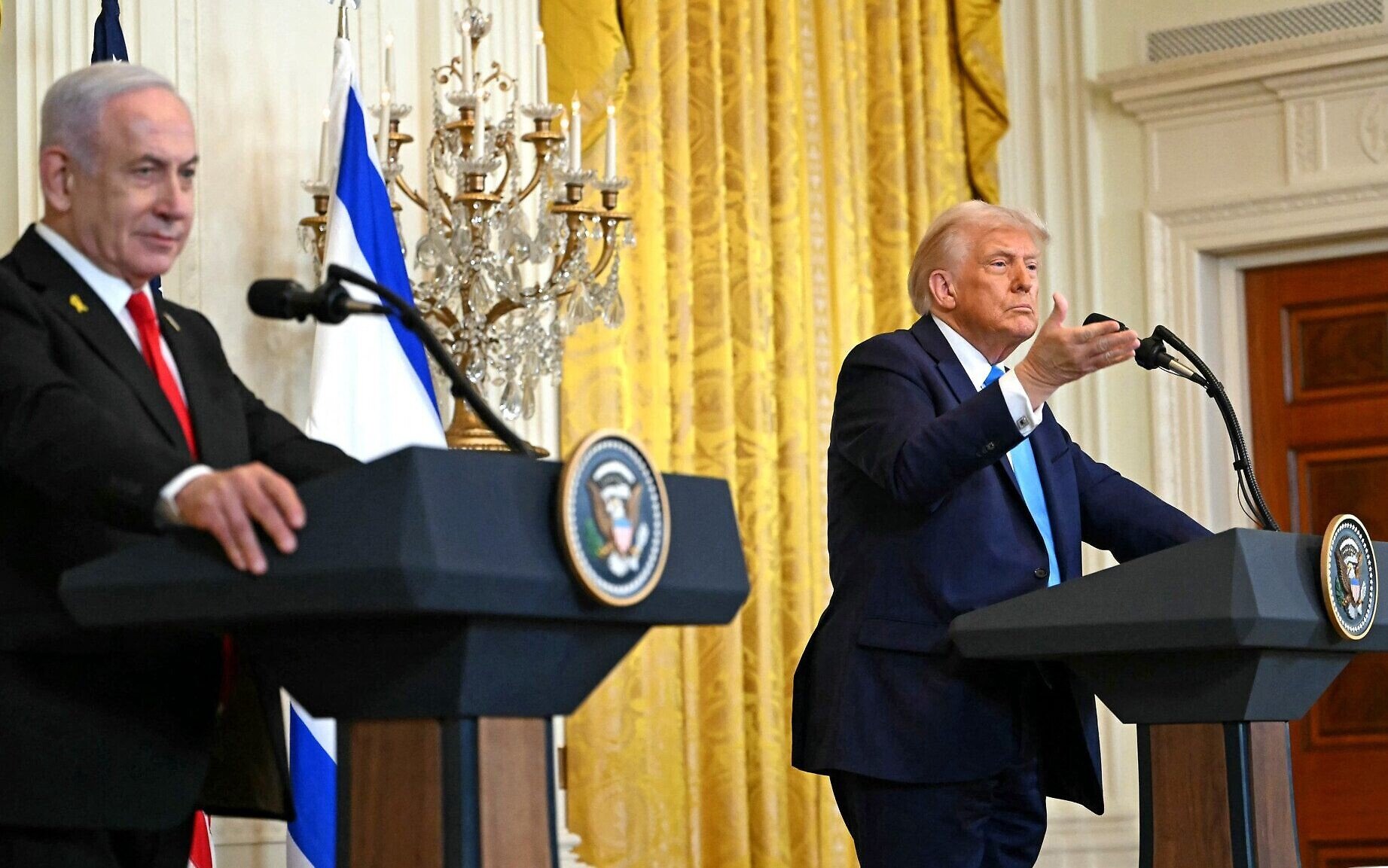
Sisi’s Approval
During the “America, Baby!” podcast, conducted before the U.S. presidential election, Pelzman stated that the success of the plan requires Egypt’s approval to receive Gazans, proposing their displacement to Sinai or other countries.
Notably, the plan was formulated without any consultation with Gaza’s over two million residents.
Pelzman suggested that if Trump were elected, he could persuade the head of the Egyptian regime Abdel Fattah el-Sisi to agree to the mass expulsion of all Palestinians from Gaza in exchange for U.S. assistance with Egypt’s national debt, which at the time stood at $155 billion.
Egypt should allow Gazans to cross into its territory, stay in Sinai, leave for other parts of the world, or relocate to Tunisia, according to the economist.
A report by Yedioth Ahronoth on February 7, 2025, revealed that Israel's military leadership had doubts about the viability of the U.S. president’s plan for Gaza.
Military sources told the newspaper that the plan's success rests on two missing pieces: Gaza’s residents choosing to leave and other countries agreeing to take them in.
According to the report, senior Israeli officers, in closed discussions, sought a resolution for Gaza that would avoid accusations of war crimes against “Israel.” However, they acknowledged that the main challenge was the lack of international willingness to implement the plan, as well as Hamas’s continued control over the enclave, preventing mass displacement.
The report noted that since the start of the Israeli assault, approximately 30,000 Palestinians had voluntarily left Gaza, while around 1,500 patients and wounded individuals were evacuated with Israeli approval.
Israeli military leaders discussed the possibility of funding migration through contributions from wealthy Arab nations or U.S. grants, though opinions within the military were divided on whether Gazans were willing to leave.
The report also revealed that “Israel” had previously implemented a covert plan allowing 60,000 Palestinians from Gaza to emigrate over the past decade via the Karameh Crossing, on the condition that they would not return for several years.
However, most of these migrants struggled to settle in their destination countries, such as Turkiye, and many eventually returned to Gaza.
When asked who would inhabit Gaza after its population was expelled, Trump replied, “Once rebuilt, people from all over the world would live in Gaza, including some Palestinians.”
Trump’s colonial vision for seizing control of Gaza and resettling it with non-Palestinians became evident during his press conference with Netanyahu, where he announced the plan.
When asked how many people should leave Gaza, Trump bluntly replied, “All of them — we’re talking about probably 1.7 million, maybe 1.8 million, but I think all of them,” Trump said.
“I think they’ll be resettled in areas where they can live a beautiful life and not be worried about dying every day.”
It is worth noting that Gaza's population is approximately 2.3 million.
Sources
- An Economic Plan for Rebuilding Gaza: A BOT Approach
- The man with the plan: DC prof sent Trump study on Gaza relocation, development in July
- Inside Trump’s Hastily Written Proposal to ‘Own’ Gaza
- Trump the Disruptor Collides With the Middle East
- Full text of Trump and Netanyahu's explosive news conference
- Trump says ‘all’ Gazans should leave — and never return
- Donald Trump’s eye-popping plan to make Gaza American






